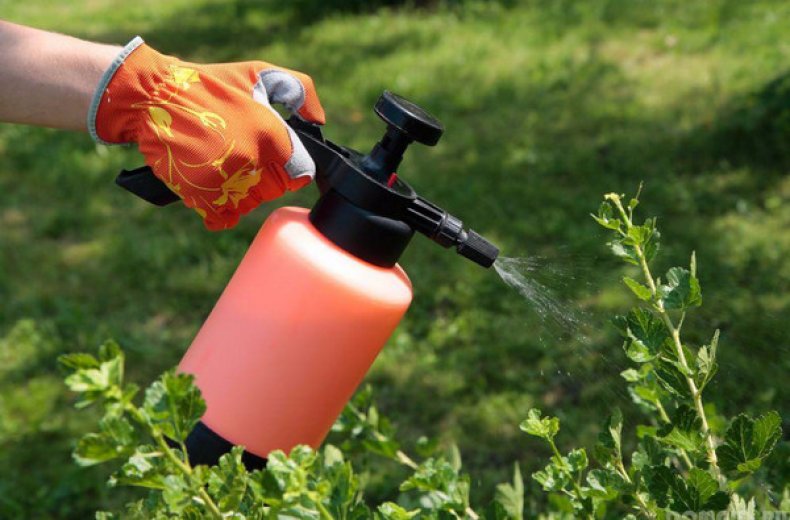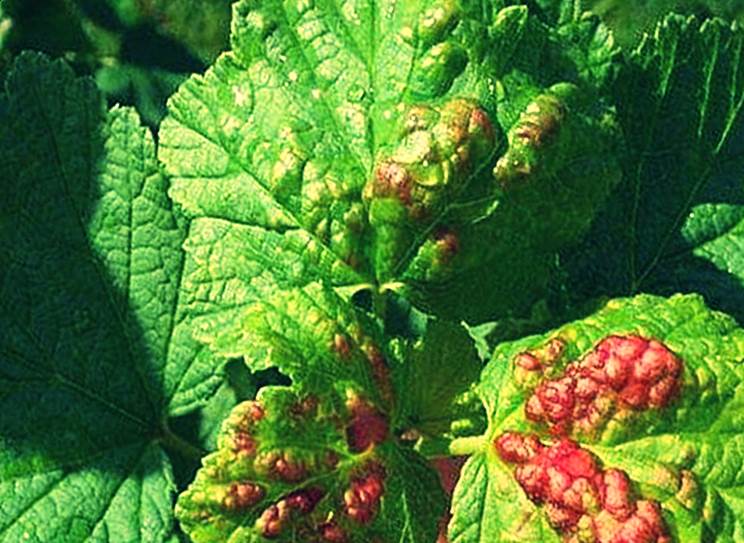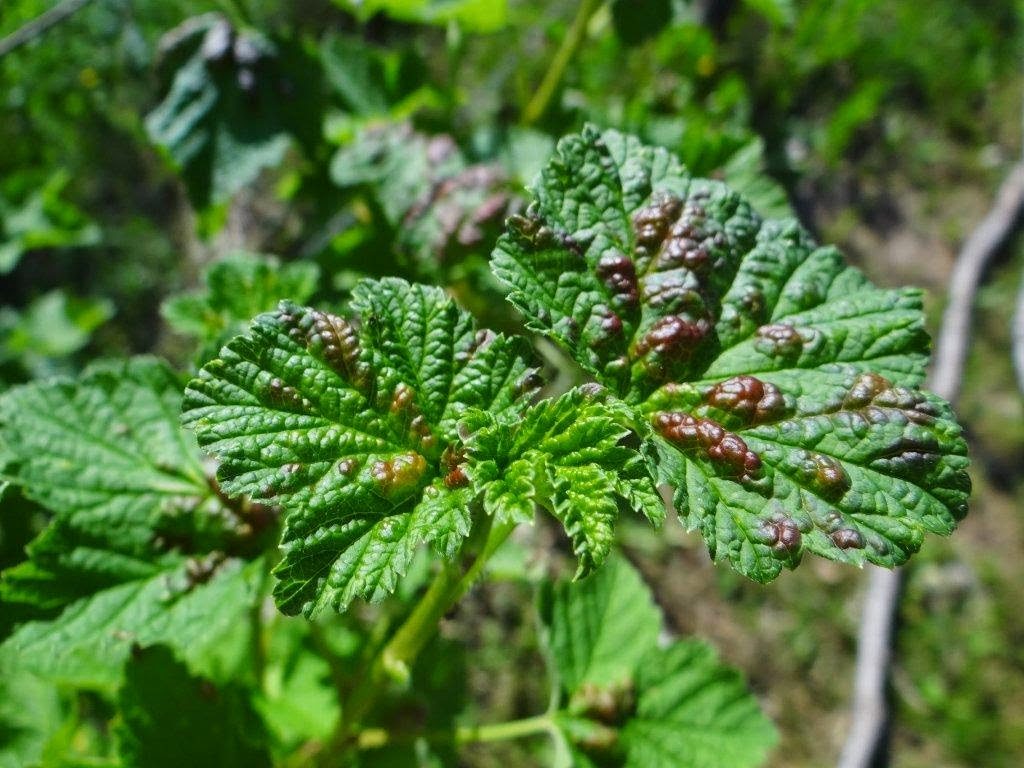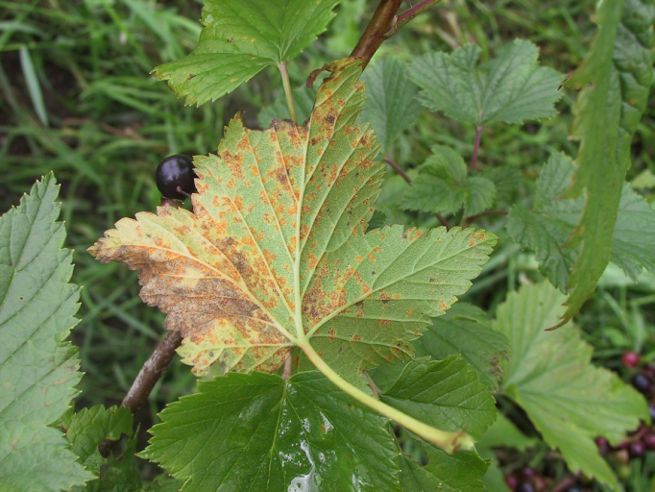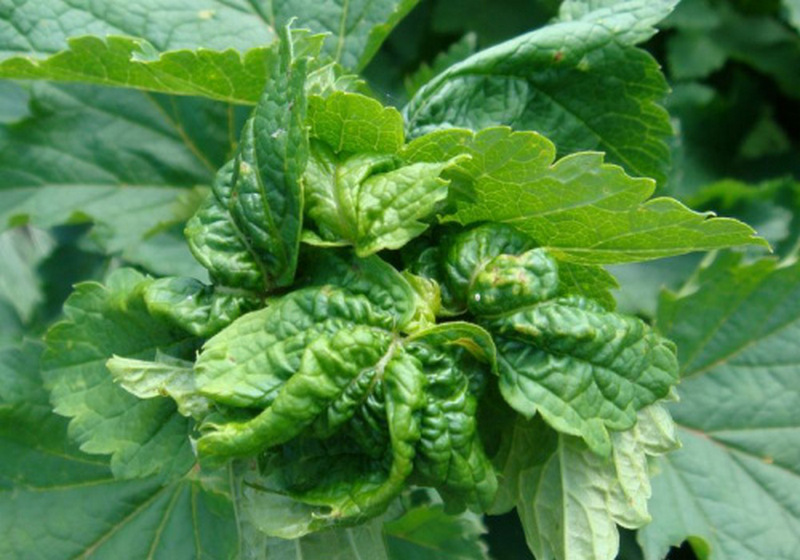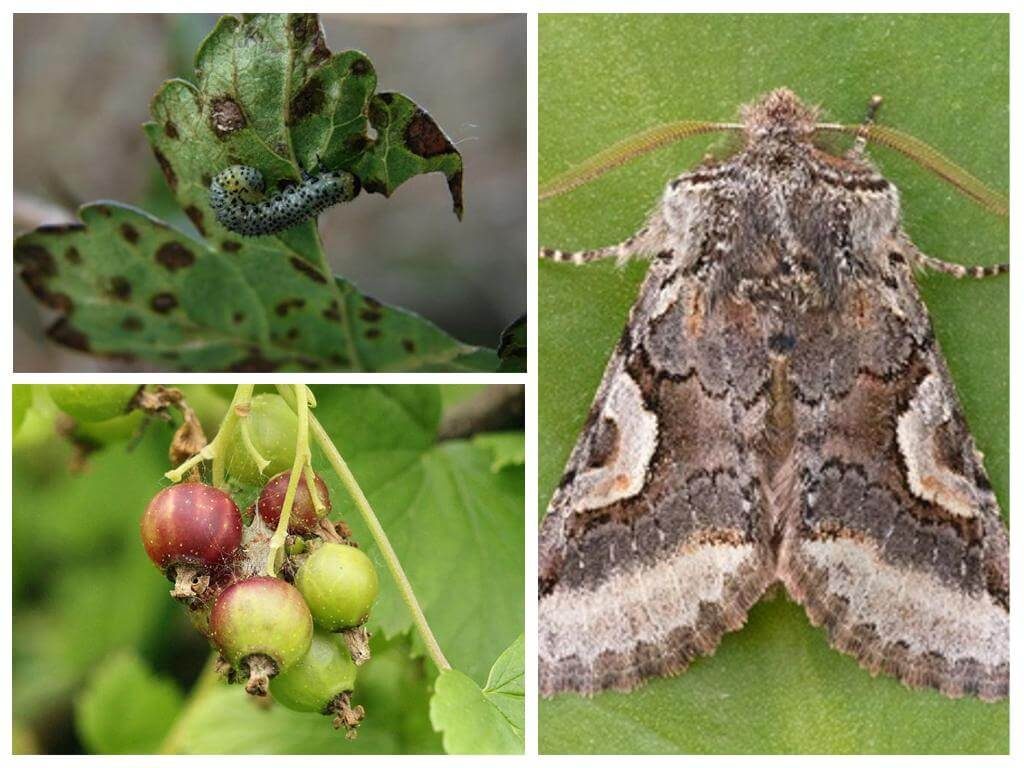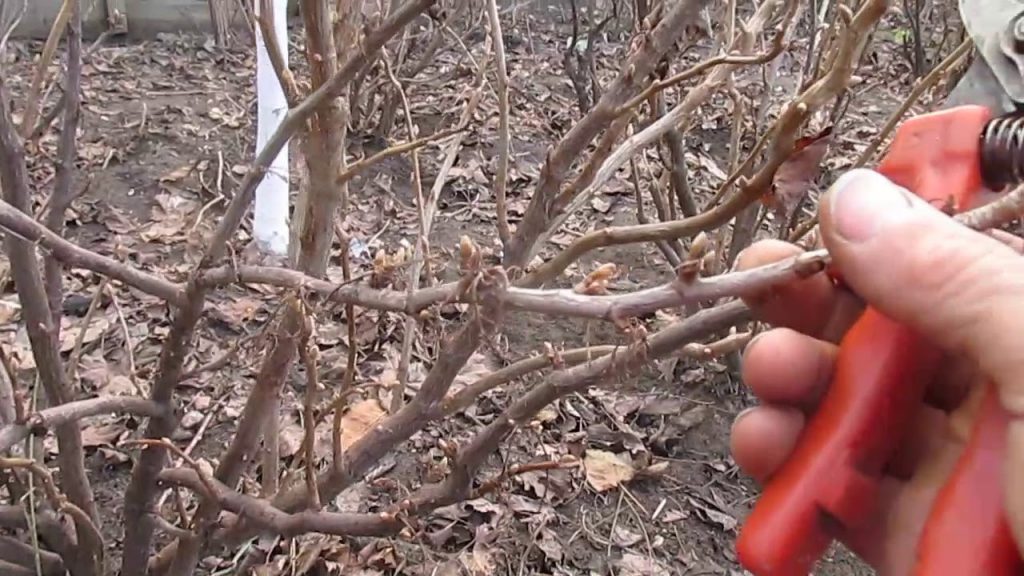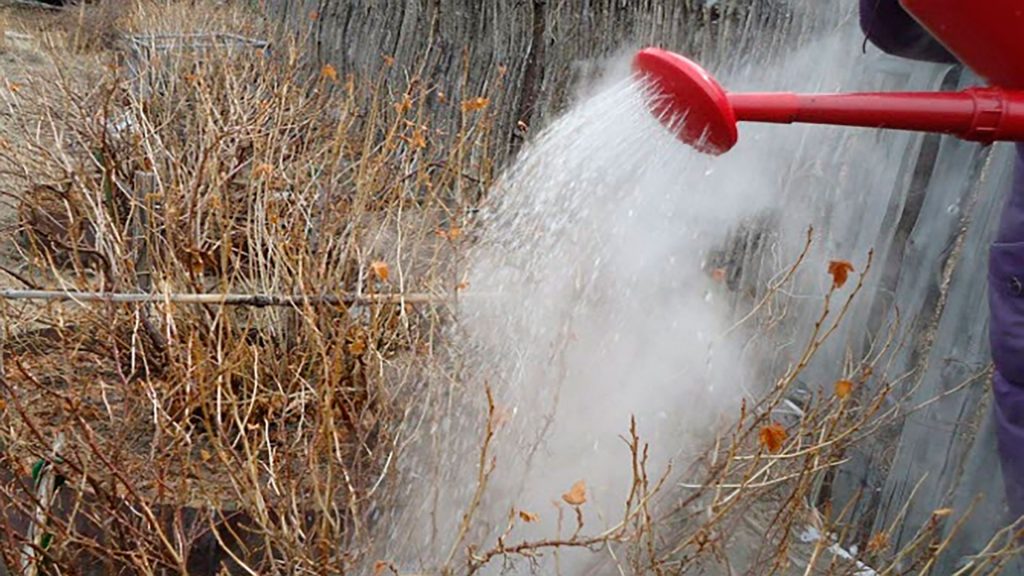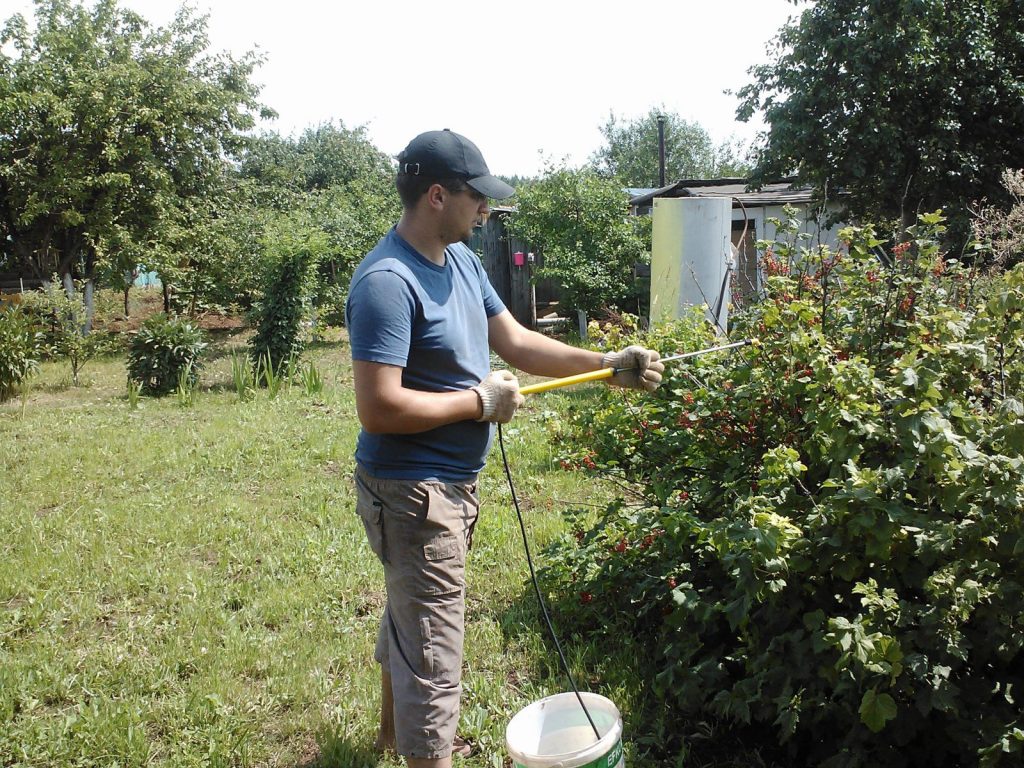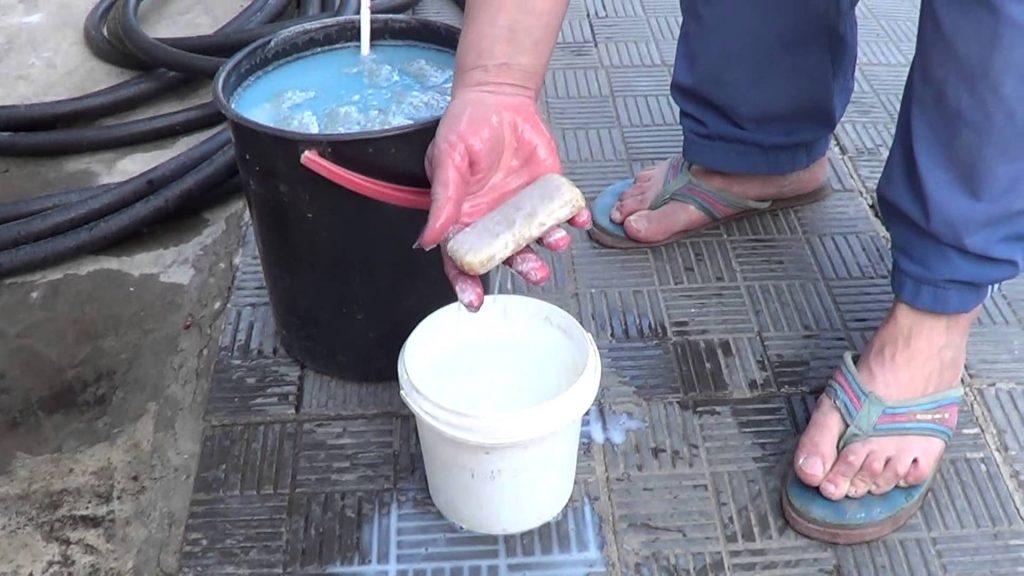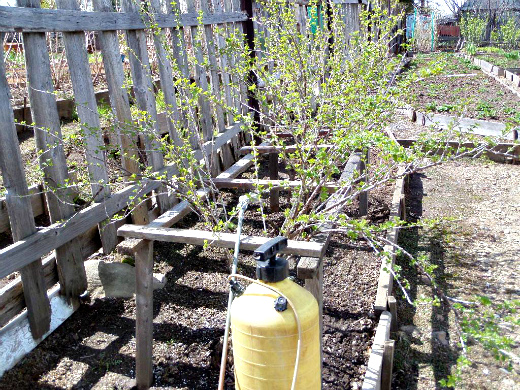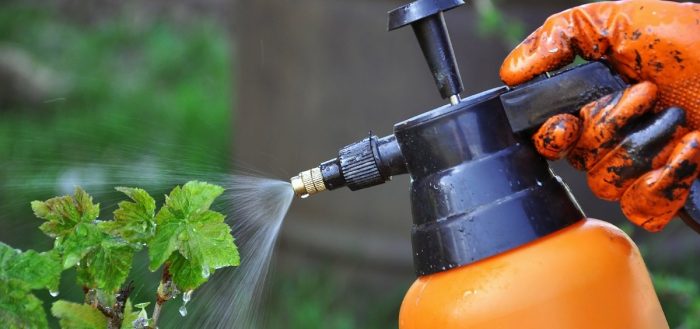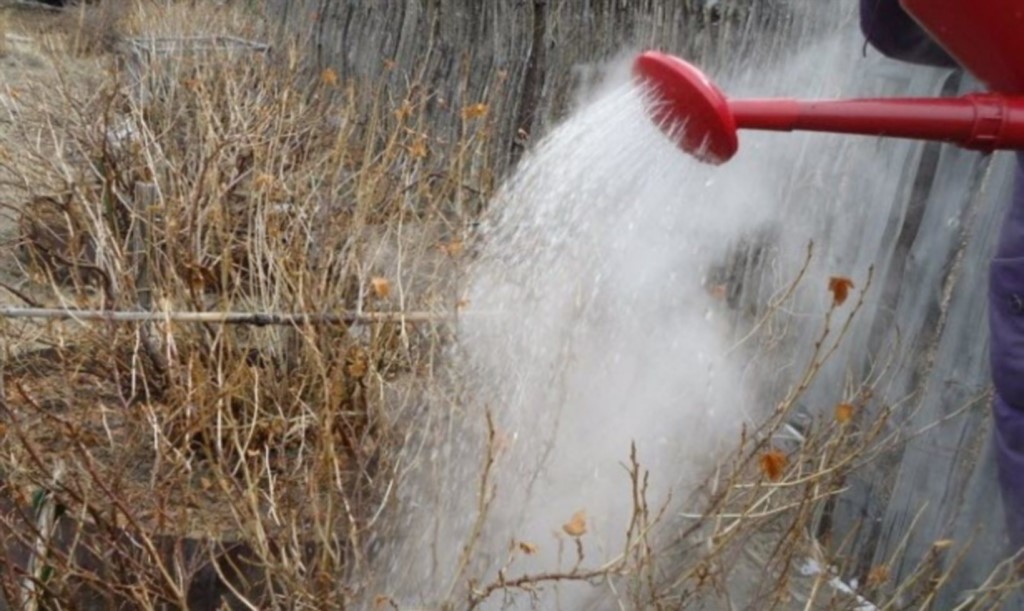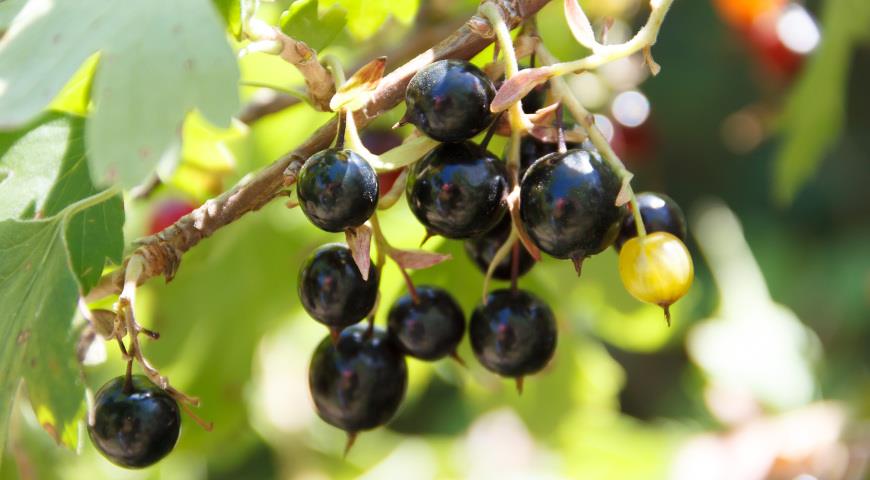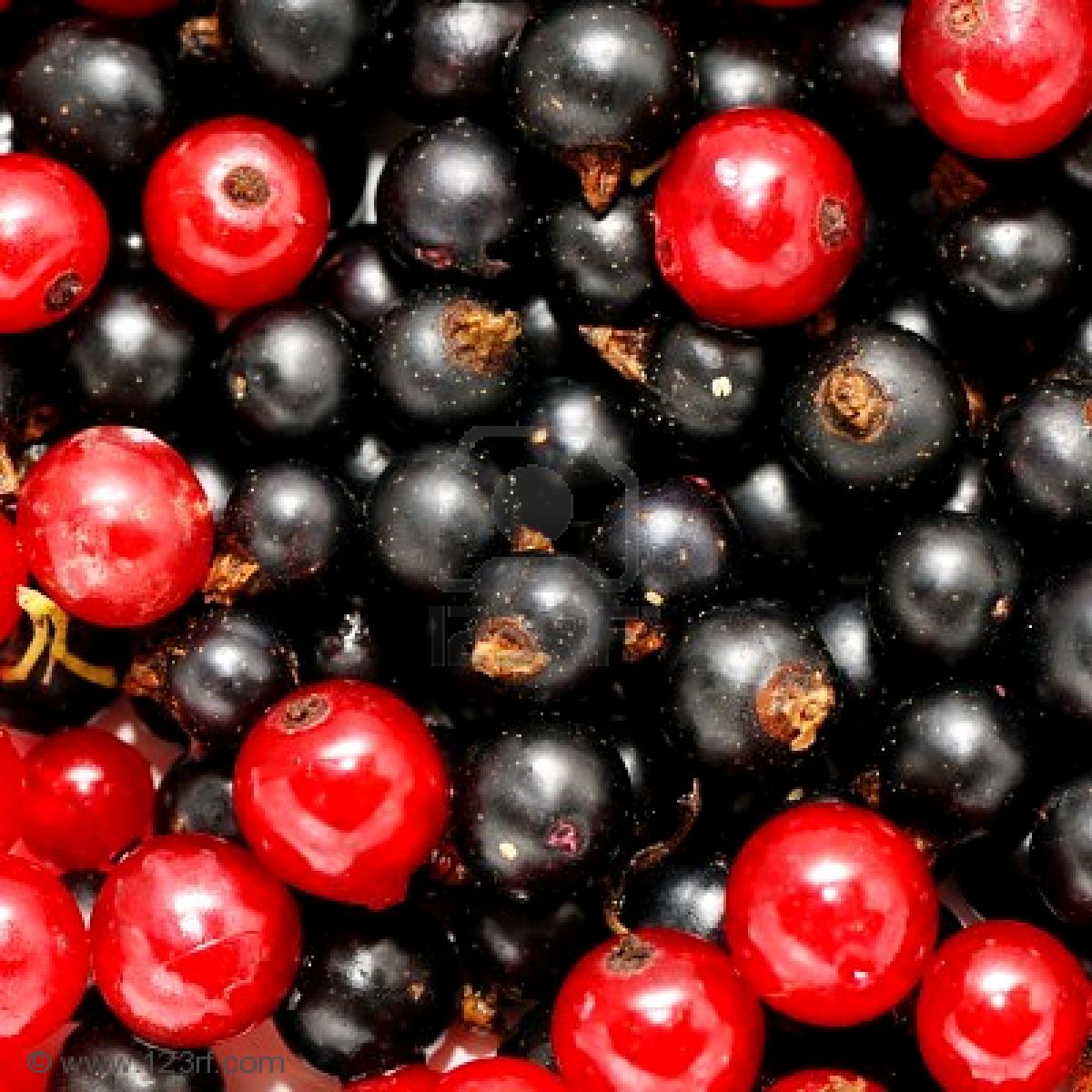Content:
One of the most traditional berries in our gardens is the currant. These red, black, white berries are a source of vitamins and can be consumed both raw and in the form of blanks. However, in order to obtain a good harvest, currants must be processed in the spring against diseases and pests, the composition and timing of which largely depends on the climatic zone of cultivation.
What is the procedure for?
Is this spring pest control necessary for planting currants? Agronomists consider these measures extremely important in order to protect the currant crop from pests. It is much easier and cheaper to prevent a plant disease than to treat it later - early spring sanitization helps with this. It makes it possible to get rid of those pests that have successfully overwintered and are ready to populate fresh shoots.
Before carrying out the procedure, it is necessary to scoop out all last year's litter in the form of fallen leaves and branches - breeding grounds for larvae of insect pests, and it is advisable to raise new shoots to the top (with support on stakes, for example). In addition, ripening berries after these manipulations will be healthy and clean.
If you neglect the processing of currant bushes in the spring or spend it at the wrong time, you can bring the planting of vitamin berries to disease and death.
Diseases and pests
To carry out the correct preventive measures, thanks to which the protection of currant bushes from pests is ensured, it is necessary to know what diseases threaten this culture.
Anthracnose
In summer, on the foliage, you can see millimeter bumpy spots of red and brown shades, which gradually fill the entire leaf, after which it dries and disappears. This disease is otherwise called "muhosed", its causative agent is fungal spores, and red currant is most often affected by it.
Powdery mildew
The cause of this disease is the mushroom of the marsupial family Erisifales. Dew on currants is of two types:
- European (more rare) - in the form of a white cobweb bloom on red currant bushes;
- American (spheroteka) - covers the leaves, and then the berries, like loose white flour, which over time becomes dark and similar to felt.
The affected foliage dries, curls into a tube and falls off, the same happens with bunches of berries.
Rust on currants
It is of two types:
- Goblet - in the form of warty orange protuberances, the source is sedge thickets when growing currants in places with high humidity, as a result of infection with rust spores, the leaves turn a pale yellow color and fall off along with the berries;
- Columnar - in the form of orange dots on the outside of the sheet, forming a semblance of spore columns. On the inside, similar pads of the same color are formed, which gradually turn brown and look like bristles.The source is coniferous fungi. From blackcurrant bushes affected by such rust, foliage flies very early, the plant does not tolerate cold well, and therefore its yield drops sharply.
Terry
This disease mainly affects black currants. A plant suffering from reversion (another name for terry), under the influence of a pathogenic virus, mutates and ceases to bear fruit and smell characteristic. The disease is transmitted by a kidney mite and manifests itself in disproportionate elongation of leaves and flowers, a decrease in lobes and veins, the color may change to purple. A diseased currant is not viable - the bush dries up and dies.
Striped mosaic
It is a blackcurrant disease caused by viruses and spread by insects such as ticks or aphids through saliva.
Additional Information. You can also infect a healthy plant by grafting a mosaic-affected stalk or using untreated tools. The disease got its name from the characteristic bright yellow mosaic-like patterns near the main veins of the leaf.
White spot (septoria)
This disease also comes from a fungus and mainly affects the black currant variety. The leaves of diseased shrubs are covered with round or somewhat angular spots of brown color, which become almost white in a month.
Nectric drying
The fungus infects young shoots and branches of white and red currants, which dry out and die off over time, the bush becomes bald and stops bearing fruit. The disease manifests itself in the form of small orange specks, they turn red over time and turn into growths, which, after the mushroom spores mature in them, turn black.
Gray rot
The fungus that lives on infected fruits affects all garden plants, since its spores are very easily carried by the wind. The disease most often affects the white currant and manifests itself in brown spots on the leaves and moldy "spitting" on the branches.
In addition to various types of fungi, pests also attack currants.
Aphid
Basically there is a gall leaf aphid that sucks juices from currants, while reaching about a couple of millimeters in length. As a result of the vital activity of these pests, the leaves of the plant become covered with yellow or red swellings, and then finally dry up. The currant aphid spoils the foliage on the upper shoots by twisting it.
The shoot pest continues to smolder throughout the summer period: the branches of the bush under its influence become crooked and grow very slowly.
Kidney mite
The mite causes the most harm to currants, and the gooseberry growing nearby also suffers. These pests live in the swollen buds of plants (up to a thousand individuals in one place), eating them from the inside and preventing them from blooming, the buds become loose and die.
Currant goldfish
Caterpillars of this pest feed on young currant branches, eating their tops and causing the berries to grind and reduce the yield.
Fire
The harm of this small (no more than 1 centimeter) butterfly, wintering in the ground near the roots of the plant, is inflicted on the flowers, where it lays eggs during the flowering of the shrub.
Leaf roll
This is a butterfly with light brown wings 2.5 centimeters in span and a creamy belly, over time its color changes to emerald. The female caterpillars of this pest are very fertile - they lay one and a half hundred eggs each. The caterpillars hatched from them deprive currant bushes of leaves, as they roll up into a tube and fall off.
When to carry out the processing procedure
All experts are unanimous on the question of when to spray currants from pests in the spring: as early as possible, it may even be the earliest March, while the buds on the plants are still sleeping, the pests are also not in a hurry to wake up, but are in a wintering position.
There are no specific calendar dates when spraying the first and subsequent times should be carried out - the schedule of spring processing of currant bushes is determined by the physiological processes of plants. So, the first procedures should be carried out before the time when the bud apparatus of the currant begins to revive, the bushes should be sprayed to destroy the successfully overwintered larvae and pathogenic bacteria. Before buds form on the branches, it is necessary to lime the awakened parasites. After the fruits-berries are formed (after about ten days), one more processing is carried out. So three times, with an interval of 10 days.
It is best to spray berry bushes in cloudy (direct sunlight can cause burns on the branches) and calm weather, in the early morning or late evening hours.
If the terms of the spring treatment are not observed (for example, delaying its beginning until April), the dose should not be increased as a "compensation" - this will not benefit the plant.
The procedures performed at the optimal time help to destroy most of the obstacles to a large and vitamin harvest in time.
Processing black, red and white currants
In general, pests do not care what color they parasitize on currants, therefore, as a rule, the same processing method is used to protect against them.
However, there are insects that choose their favorite type of currant bushes (for example, for some of them the leaves of black currant are too tough, and the shape of the red bushes is inconvenient for reproduction):
- black - goldfish, gooseberry aphid, kidney mite;
- red and white - aphids (both leaf and gall), leaf sawfly, kidney moth.
In addition, during the growing season, bushes of red and white currant species come to black, so the pests living on them wake up earlier.
Experienced gardeners know these features and use them to increase the efficiency of processing, planning an annual early spring set of preventive measures.
How to process currants in spring
Having decided the question of when to start treating your planting of currants from pests in the spring, it is necessary to decide what means will be used - to protect currants there is not only chemistry, but also more environmentally friendly biological insecticides and quite working folk recipes.
Boiling water exposure
This is perhaps the most popular and time-tested ("grandmother's") folk way of dealing with currant pests. It is advisable to dilute the boiling water with potassium permanganate (to increase efficiency) and pour this mixture on the ground under each bush, and also process the lower branches of the bushes. The work should be carried out using a metal watering can with a fine divider - this will help to avoid burns for both the worker and the treated plants.
You can trim the bushes and remove last year's foliage and mulch after this high-temperature exposure.
Competent treatment with boiling water helps to get rid of mainly ticks, as well as a number of other pests that have successfully survived the winter. In addition, it is possible to increase the yield of berries and make the plant stronger against diseases.
Biological agents
Such products are more gentle for plants and the environment than chemical insecticides; they should be used at an air temperature of at least plus 13 degrees.
The following drugs are most popular among gardeners:
- "Lipodocide";
- "Bitoxibcillin";
- Fintop;
- "Dendrobalillin".
You should know that any drug of this type can be used only after the currants have faded (the exception is climatic zones where there are no so-called recurrent frosts).
Chemicals
This is a very effective and fast-acting type of crop pest control. If you apply them, according to the instructions, and spray the plantings before flowering begins (or after it ends), then it will be safe for humans and the plant itself.
The most effective drugs that work on black, red and white currants are:
- "Fufanon" - it must be dissolved at the rate of 10 ml of the product per bucket of water;
- "Actellik KE" - helps to protect plants from ticks, sawflies and all types of aphids, as well as moth butterflies;
- "Prophylactin FEM" - as the name suggests, is used for prophylactic treatment against overwintered pests;
- "Topaz" - used to combat rust and powdery mildew;
- "Intavir" - this powder (or tablets) helps to effectively clean plantings from more than 5 dozen pests;
- "Bordeaux solution (mixture)" - this liquid consists of milk of lime, in which copper sulfate is dissolved (on the contrary, it is impossible!) - a very effective remedy against fungal pathologies.
Folk remedies
For the principled opponents of chemistry, there are harmless to people, but slightly less effective folk methods of dealing with garden pests. These are, first of all, various infusions:
- onion and garlic - finely crumble 100 grams of onion and garlic and pour 10 liters of water, infuse for a day;
- tobacco - mixed in 100 grams of tobacco and ash, filled with a bucket of water;
- wormwood - finely chopped grass is poured with a bucket of water and infused for a week, after which 2 liters of infusion is diluted with water (about 5 liters);
- soapy - laundry soap is grated (200 grams) and poured with 10 liters of water.
It is recommended to alternate infusions, processing currant bushes with each of them once a week. If such procedures are carried out weekly from the last month of spring to the first month of autumn, you can not be afraid of most diseases.
Also, a good remedy is five percent iodine, diluted with water in a ratio of 10 ml of iodine to 10 liters of water, with this liquid you need to spray the entire bush from top to bottom with a broom.
Horse (fresh) manure, baking soda, and urea are a great help in the fight against insect pests.
One of the effective folk remedies is ammonia, which can also be used as a fertilizer to build up green mass with currants.
Common mistakes
Many novice gardeners who take up the cultivation of red, white or black currants make the same mistakes in pest control:
- insecticide treatment, without waiting for the end of flowering, as a result of which poisons enter the flowers, and then into the berries;
- wrong timing of treatment: in bright sunlight or strong wind;
- non-observance of proportions when dissolving chemicals in water or other liquids.
When breeding all types of currants, it is necessary to take care of the safety of the crop. The fight against currant pests can be carried out through treatment with chemical, biological preparations, as well as folk methods. Correct procedure will ensure reliable protection of currants and a rich harvest.
